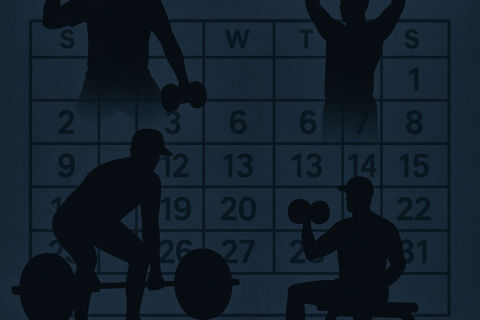The Kids Aren’t Okay: Throwing Schedule
Youth Pitchers that throw more than 100 innings in a calendar year are 3.5 times more likely to have arm surgery
One of the unsung heroes in keeping youth and older baseball pitchers healthy is putting them on a logical, annual throwing calendar that creates periods of rest and ramp-up while also staying in coordination with the medical information that is available to help pitchers stay healthy.
There is strong data and research available that displays that pitchers should not be throwing competitive environments more than 8 months out of the year and that there should be periods of de-loading and on-ramping for throwing that will greatly mitigate the risk of arm injuries and surgery. This blog post from KPI is a great outline of a time of the year that should be dedicated to on-ramping properly, which will better prepare high level pitchers for early in the Spring season, the time of the year that we know most pitcher arm injuries occur.
Here are the main factors that Kinetic Performance Institute uses in developing annual throwing schedules for the #kpicrew pitchers that allows us to beat the industry rates in pitchers arm injuries…
- Injury Prevention: Implementing a logical annual throwing schedule significantly reduces the risk of arm injuries and surgeries among youth baseball pitchers. Studies consistently show that overuse and excessive throwing, especially throughout the year, increase the likelihood of arm-related injuries. Pitchers from warm weather states have dramatically higher rates of arm surgeries than pitchers from other areas of the country.
- Rest Periods from Competition: Limiting pitching competition to less than 8 months in a year allows young pitchers’ arms to recuperate and rebuild strength. Continuous strain without adequate rest can lead to overuse injuries, such as stress fractures, tendinitis, and ligament damage.
- De-loading for Recovery: Incorporating periods of de-loading from high-intensity throwing helps prevent overuse injuries and promotes recovery. These intervals allow pitchers’ arms to rest and repair, reducing the cumulative stress on their joints and muscles. We know from research that most arm injuries are chronic, not acute, so having periods of rest and recovery are essential to allow pitchers to stay healthy.
- Winter Training Preparation: A well-structured winter training program is crucial for building strength, endurance, and proper pitching mechanics. This preparatory phase lays the foundation for the upcoming spring season, minimizing the risk of injuries caused by inadequate conditioning or improper technique. KPI uses a 14-week on-ramp for pitchers each Winter to properly prepare them for their Spring competition season.
- Pitch Count Progression: Following a pitch count progression, particularly during the early spring season, is essential for injury prevention. This period poses the highest risk for arm injuries due to pitchers transitioning from off-season rest to competitive play. Gradually increasing pitch counts helps all pitchers ease back into full activity, reducing the likelihood of overuse injuries during this critical phase.
While not often highlighted in the debate surrounding pitcher arm injuries, the annual calendar a pitcher follows can often be the main determinant between health and injuries.


